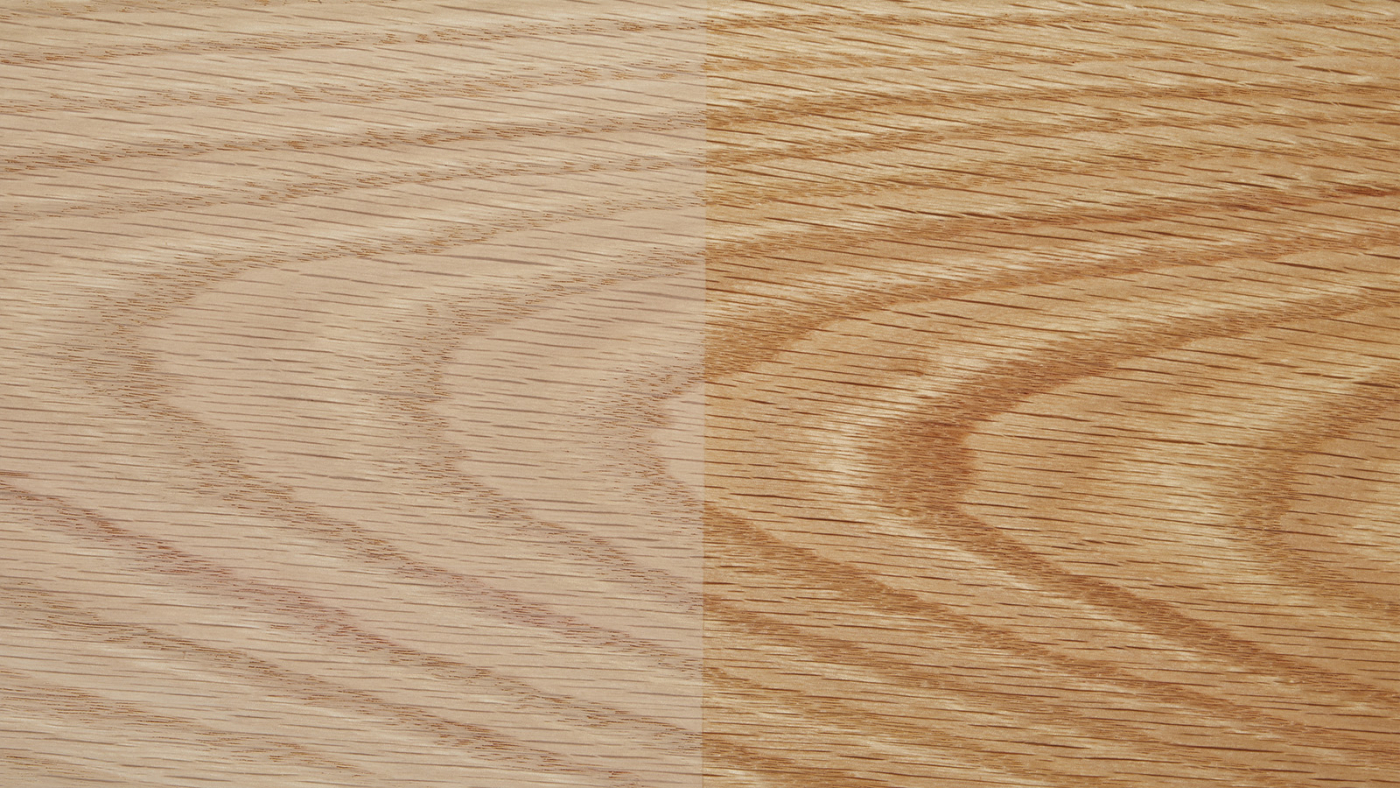We may receive a commission when you use our affiliate links. However, this does not impact our recommendations.
 Scientific Name: Quercus rubra
Scientific Name: Quercus rubra
Other Common Names: Northern Red Oak
Growing Regions: Canada and the United States.
Size Characteristics: Grows to 70 feet tall, with a trunk up to 39 inches in diameter.
Characteristics of Wood: The sapwood is almost pure white while the heartwood is usually a red-tinged brown. Once the tree has been sawn into lumber, it’s nearly impossible to tell exactly which species of red oak it is. The wood is fairly straight-grained and hard.
Workability: Red oak is extremely versatile and a pleasure to work. The grain and hardness makes it easy to plane and sand. It bends well, though sometimes less so if it’s been kiln-dried. Once wood is dried is it resistant to crushing, so pilot holes might be needed for nails and screws. Not a good choice for high-moisture environments.
Common Uses: Red oak is common in furniture, cabinetmaking, trim, flooring, and veneer.
Availability: Red oak is widely available, though Southern Red Oak is more common in parts of the country.
Wood Movement: It is a fairly stable wood, with minimum movement and shrinkage.
Finish Characteristics: Red oak has an open grain that takes stains and pigments well. Polyurethanes, varnishes, and shellacs may require extra work if you want a perfectly smooth finish
Special Features: Northern red oak is most likely the most commonly used hardwood in the United States.

End grain
Here are some supplies and tools we find essential in our everyday work around the shop. We may receive a commission from sales referred by our links; however, we have carefully selected these products for their usefulness and quality.








